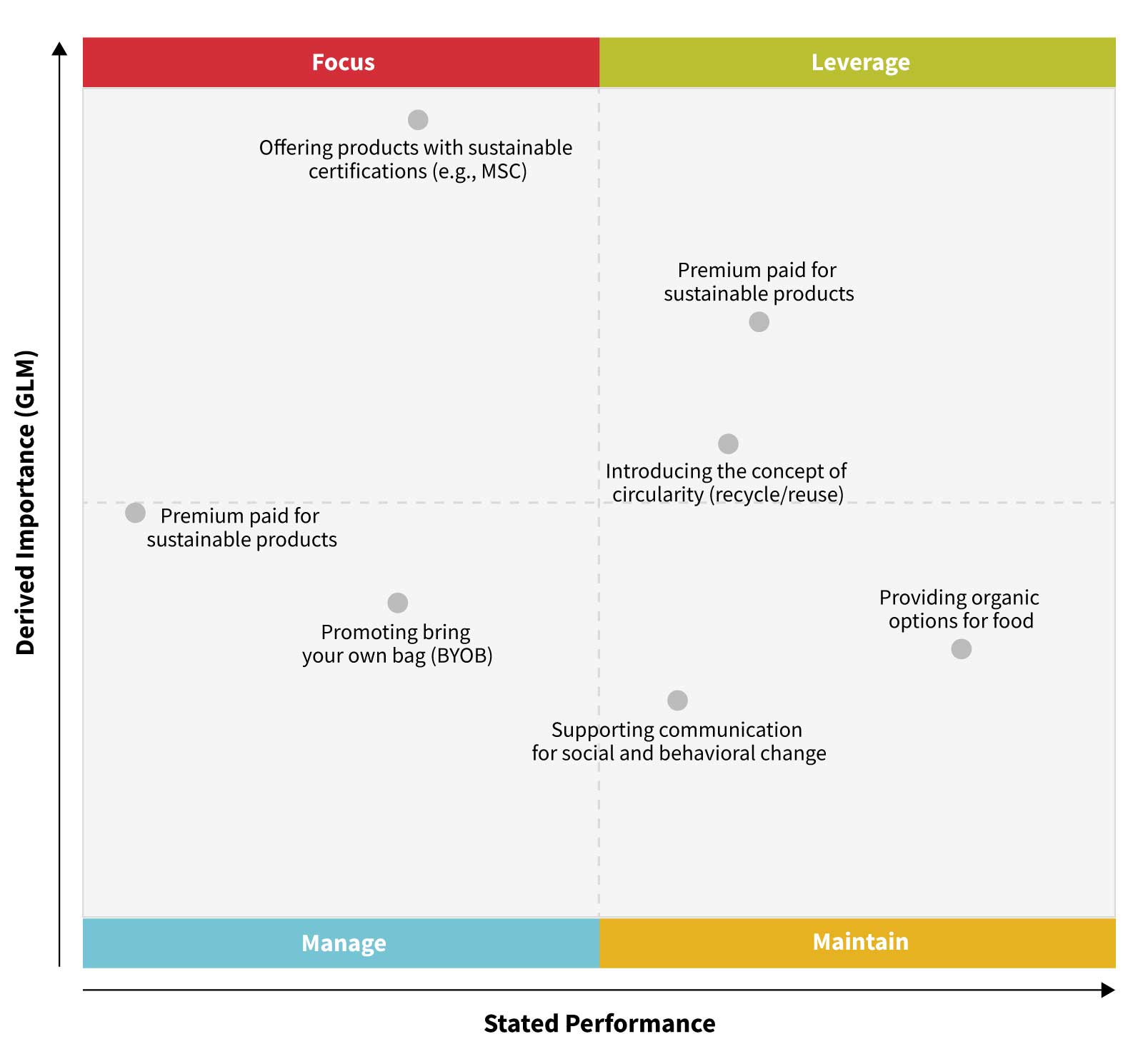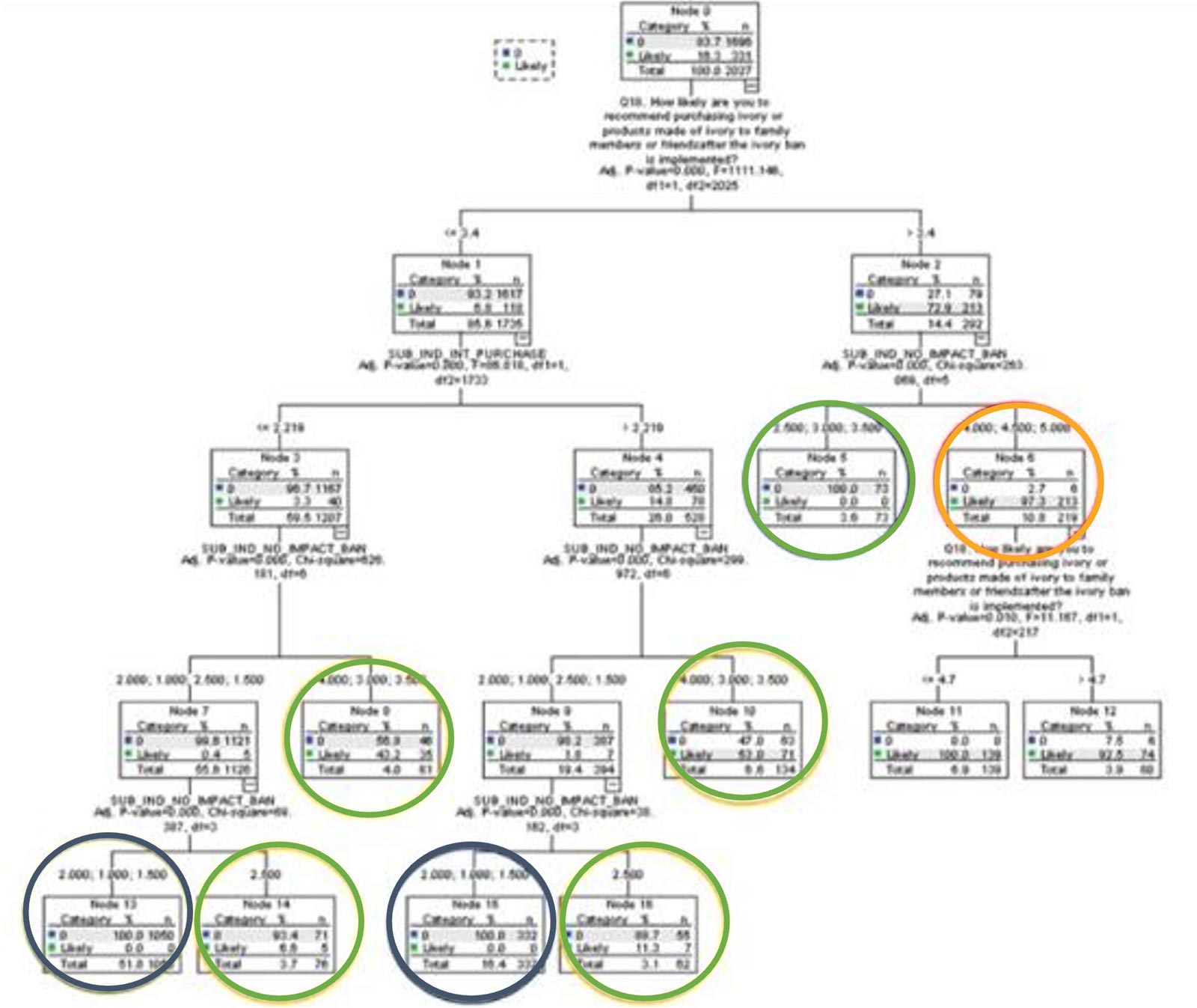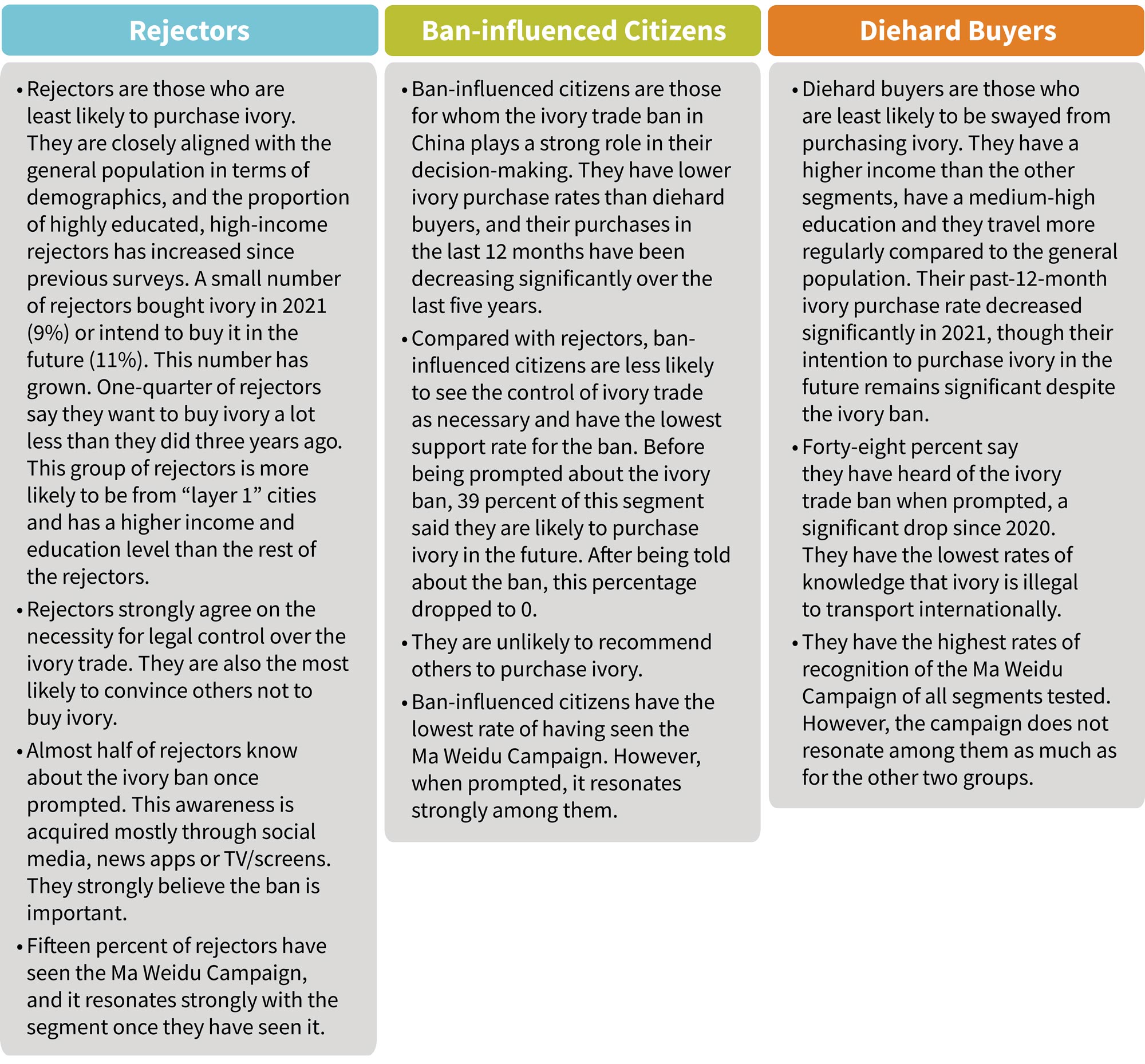Applying Predictive Analytics
What actuaries can do to create a more sustainable future
December 2021Photo: Shutterstock.com/urfin
2021 Young Actuaries in Asia Essay Winners
This article is one of the three winners of the Society of Actuaries 2021 Young Actuaries in Asia Essays on Societal Impact contest. Participants were asked to provide specific examples of how they are making a societal impact using their actuarial skills in either a personal or professional context.
Read the other winning essays:
- My International Passport by Kay Ying Shong, FSA, CERA, FSAS
- Service-integrated Innovative Pension Annuity Insurance by Mengdi Liao, Siyu Chen, FSA, and Lin Wang
From bushfire in Australia to Typhoon Ulysses in the Philippines, the Asia region and the rest of the world are facing challenges due to more extreme weather events these days. The economy and the insurance industry are suffering from increasing catastrophic losses. Under pressure from regulators and public expectations, climate-related risks have become an increasingly important topic in the actuarial community.
When it comes to climate change and sustainability, how can actuaries create a bigger societal impact? In this article, I will share how I apply the actuarial skill set, such as predictive analytics and machine learning, in my sustainability consulting work and in volunteering with the Society of Actuaries (SOA) Climate Research Committee.
Actuaries Tackling Climate Change in Traditional Roles
In recent years, actuaries have been developing more advanced tools for society to adapt to the impacts of climate change. This can be seen from the establishment of the Actuaries Climate Index (ACI) to climate risk insurance products in many Asian countries, which are prone to extreme weather events (e.g., crop insurance in the Philippines). These provide data and protection to society to help people understand the adverse effects of climate change and minimize such impacts. However, do actuaries have the potential to solve the root cause of the problem by reducing carbon emissions?
My Actuarial Skills at Work: Sustainability Consulting at GlobeScan
With this question in mind, I joined GlobeScan, a sustainability insights and advisory consultancy. As a project manager, my role at GlobeScan focuses on research and analytics on various environmental, social and governance (ESG) topics, including climate change, biodiversity and sustainable living. We help our clients build better-informed strategies that are supported by data. They are mostly Asia-based corporations and nongovernmental organizations (NGOs) whose day-to-day operations create far-reaching societal impacts.
As an ASA, I am able to directly apply my actuarial skill set, especially predictive analytics skills, to my job. Here are three case studies on how I applied the actuarial skill set to my project work.
Case Study 1: Predictive Analytics and Driver Analysis—Sustainable and Green Shopping
To protect our planet, it is most effective to start at the individual level. The more we consume, the more natural resources we utilize, and more greenhouse gases will be emitted. To promote sustainable shopping practices, we worked on a research project about how retailers can provide sustainable products that are attractive to customers.
We conducted a quantitative survey to find out what the major factors affecting customer behavior are when it comes to sustainable shopping. The survey received more than 3,000 responses, covering several major markets in Asia. In the survey, I included attributes related to how customers decide where to shop for groceries (e.g., price, location, freshness, etc.). In particular, I included statements on retailers’ sustainability practices, like whether they offer products with sustainable certifications (e.g., MSC) and whether the products have minimal packaging.
From traditional research techniques, we could simply conclude that a certain amount of people agree/disagree with the statements (e.g., 80 percent of people will go to a retailer because it advocates for less plastic use). By utilizing predictive analytics tools, we can uncover any subconscious motivations that induce actual behavioral changes.
To predict whether the customer will visit the retailer, I ran a generalized linear model (GLM) on variables from the questionnaire (properly categorized and binarized, so they are comparable). In the results, we found the most important features for retailers to act upon. For instance, we could see most respondents agree with a retailer’s sustainability practices (e.g., partnering with NGOs, promoting bring-your-own-bag [BYOB]—see Figure 1). But to drive actual sales, offering products with sustainable certifications is the most prominent predictor (highest change in R-squared). Together with their internal performance indicators, the results could help the retailer prioritize its sustainability strategies and communication materials to lead to more sustainable shopping practices.

Case Study 2: Customer Segmentation by Decision Trees and Principal Component Analysis—Biodiversity Conservation
These days, many Asian countries are focusing on conservation and reducing wildlife demand. Protecting our ecosystems is the “insurance” for our planet, as it preserves nature’s capabilities to absorb carbon and reduces the impact of extreme weather. Biodiversity loss is also one of the significant risks facing insurers today, yet it is insufficiently understood. How can actuaries leverage our data expertise and reduce the risk of catastrophic losses?
By using decision trees and principal component analysis (PCA), we can monitor and segment the buyers of wildlife products like elephant (ivory), rhino and pangolin in Asia (prominent in countries like Thailand and Japan). The analytics enable us to design campaign messages specific to each buyer segment, relying on insights that are not obtainable by a traditional research approach.
We built a segmentation model, and since 2018, we have monitored the buyer profile in Asia by asking about intent to purchase and various perceptions on the wildlife products via focus group discussions and a quantitative survey. Once we gathered all of the data, we then conducted PCA to reduce the number of features in the model (e.g., categorizing more than 20 factors into three to four differentiating groups based on data, such as attitudes on animal protection and advocacy, prestige and relationship-oriented, legal and penalty awareness, etc.). This will be useful in the decision tree model since there will be fewer parameters that lead to fewer “poor splits,” and the results will be easier to understand—essential for designing campaign messaging.
From running the decision tree model, we obtained three to four buyer segments with distinctive attitudes toward wildlife products. These segments are of reasonable size and cover attitudes from diehard buyers to rejectors. As we do this annually, the analysis will be useful to track the composition of target buyer groups over time and see how public perception shifts. Underlying purchase motives will be used for campaign design, and our partner NGOs will track down the diehard buyers by the specific demographics and behavioral traits illustrated from the model. See Figures 2 and 3.1


Note: Segments were derived using predictive modeling that takes ivory purchase, intention to purchase, attitudes, motives and barriers toward ivory into account. Segments tend to have broadly similar characteristics each year. This figure includes the characteristics for the 2021 segments.
Case Study 3: Language Processing by R—Healthy and Sustainable Lifestyles
The previous two cases mainly applied actuarial skill sets under the predictive analytics framework. I would like to provide one more extended example using machine learning in sustainability projects.
At GlobeScan, we conduct a public, multicountry survey annually, which aims to understand lifestyle trends related to sustainability, health and fitness. There are several open-ended questions in the survey about how the respondent contributes to a more sustainable society and a better self. With up to 25,000 global respondents participating in the survey, it becomes necessary to make the analysis of text data more efficient and accurate. One useful technique available in R is topic modeling, which is a machine learning process to categorize a large amount of text. As R and its packages are free to use, the modeling is easily accessible for everyone. I have used packages like “tm,” “dplyr,” “tidytext” and “topicmodels,” which broadly involve the following steps:
- Remove punctuation, white space and so on.
- Stem words (e.g., grouping “donation,” “donate,” “donates”).
- Count the frequency of each word.
- Group words as themes according to the probability that they appear together in the same response.
- Repeat step 4 with randomized combinations of training and validation sets as part of the machine learning process.
- Pick the top themes from all of the runs.
By understanding how people are being environmentally friendly and healthy, these insights can help different organizations in promoting sustainable practices that are in line with preferences from the general public.

Creating More Impact
As defining issues of our time, climate change and sustainability have never been more important. This year, I am grateful to be selected as part of the SOA Climate and Environmental Sustainability Research Committee (CESRC). I have engaged in various tasks like consolidating climate data sources for actuaries and providing oversight to SOA research projects. I have cooperated with other volunteers from different time zones on topics like climate-related financial disclosure for insurers (e.g., Task Force on Climate-related Financial Disclosures [TCFD]). We also publish monthly articles to support the actuarial community on climate matters. It is great to connect with likeminded actuaries around the world and share our knowledge.
It is important for us to explore more possibilities and work together for a better society at large. You can always find ways to make a positive impact at work. Even if you are working in traditional actuarial roles, you could volunteer at NGOs and associations doing social good. This responsibility falls onto everyone, no matter how young or experienced you are. You will definitely benefit from it!
Statements of fact and opinions expressed herein are those of the individual authors and are not necessarily those of the Society of Actuaries or the respective authors’ employers.
References:
Copyright © 2021 by the Society of Actuaries, Chicago, Illinois.

